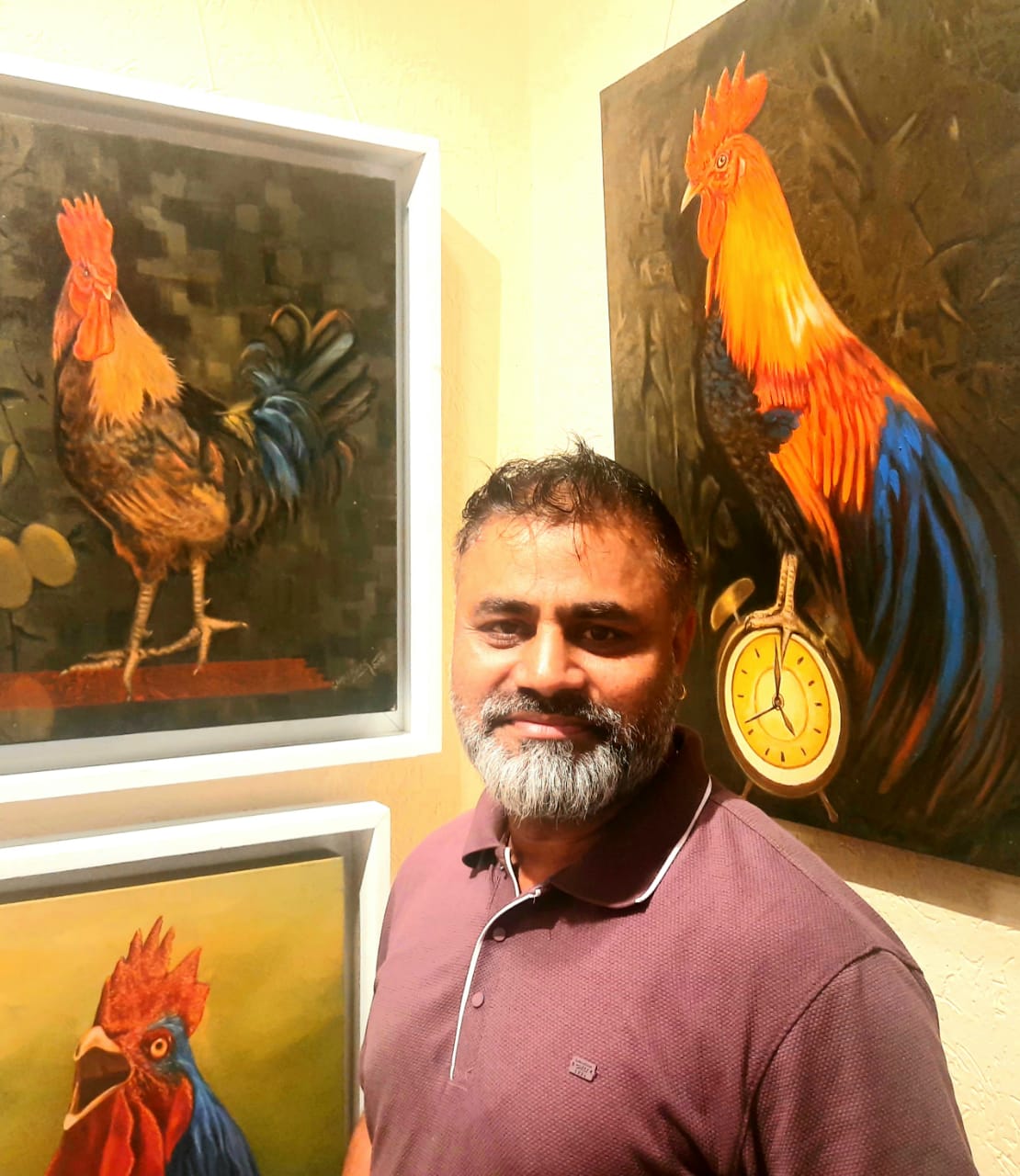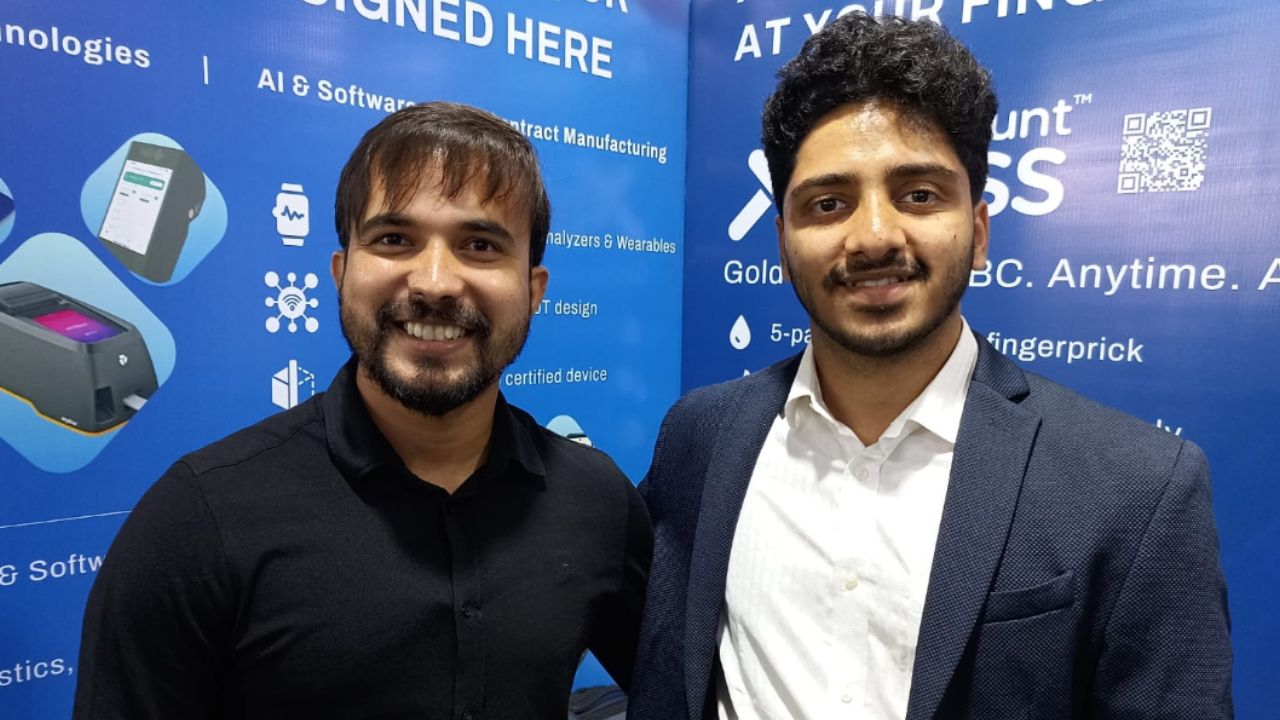Established in 2007, SMITA Research Lab has been at the forefront of pioneering research in Smart Textile Materials in India. In recognition of its groundbreaking work, it earned the prestigious status of Centre of Excellence (CoE) in Smart Textiles in 2021. Since then, the centre has harnessed the expertise of a dedicated team of faculty members from various departments, driving innovative concepts in the development of next-generation smart textiles. Building on its legacy of transforming advanced technologies into scalable commercial solutions in collaboration with industry partners, SMITA Research Lab recently unveiled a game-changing innovation at the IITD Open House 2024: smart socks designed for gait analysis to detect and monitor various health conditions.
In an exclusive conversation with The Interview World, Prof. Ashwini Kumar Agrawal, Chair Professor of the Department of Textile and Fibre Engineering, Coordinator of SMITA Research Lab, and Director of Incipient Materials Pvt. Ltd. at the Indian Institute of Technology Delhi, delves into the capabilities of these smart socks. He highlights how they provide valuable insights into orthopedic and neurological disorders by analyzing an individual’s walking pattern.
Prof. Agrawal further explains the advanced technology underpinning this innovation, the range of ailments it can detect, and the roadmap for its commercialization. He also sheds light on the product’s durability and the competitive price points they are aiming for in the market. Here are the most compelling insights from our conversation with him.
Q: Could you share insights into the smart socks developed by SMITA Research Lab and explain how they can analyze a person’s walking pattern to detect orthopedic and neurological issues?
A: The challenge with orthopedic and neurological conditions is that they often alter a patient’s walking style. As the disease progresses, changes in pressure points on the foot and overall gait become noticeable. Doctors rely on analyzing these walking patterns to assess the severity of the condition and determine if the treatment is effective. This is typically done using a Gait Analysis Machine, the gold standard for such assessments worldwide. However, these machines are prohibitively expensive, costing around ₹3 crores each, with only two available in India—one at AIIMS and the other at another major hospital.
Due to this limited access, only a small fraction of patients benefit from such detailed analysis. Recognizing this gap, we set out to create an affordable, accessible solution for every orthopedic doctor and patient. That’s how we developed our smart socks. These socks are designed to be worn by patients, who simply walk a few steps while the socks record their walking pattern. Furthermore, we can analyze this data gathered from the sensors to diagnose various conditions, enabling doctors to recommend appropriate treatments.
Our goal is to democratize access to advanced gait analysis, transforming a tool that is currently expensive and scarce into one that is available at every clinic, whether it’s a small hospital, primary or secondary care facility, or even a private practice. This innovation also empowers doctors to conduct detailed evaluations right at their clinics, ensuring more patients get timely and effective care.
Q: Can you explain the technology behind these smart socks and how they function to monitor and analyze walking patterns?
A: We aimed to create something wearable that’s easy to put on, comfortable for everyday use, and doesn’t hinder movement. That’s why we developed these innovative wearable socks. The key feature is that all the sensors are fully integrated into the textile, making it a purely fabric-based solution. This means the socks can be washed, stretched, and worn repeatedly without compromising the functionality of the sensors—they’ll continue to perform flawlessly.
The concept is simple: a soft, comfortable pair of socks that patients can wear effortlessly. Once on, it collects data seamlessly, transmitting it electronically to a mobile phone or tablet for easy access and monitoring.
Q: What types of orthopedic and neurological conditions can be detected using these smart socks?
A: A doctor can provide deeper insights, but here’s what we’ve gathered: individuals with flat feet, knee or ankle issues, or poor muscle coordination often exhibit irregular walking patterns. This leads to uneven pressure distribution across different points in their feet. With our solution, you can identify joint, muscle, and tendon issues, as well as detect deformities in the feet.
Additionally, for those with neurological conditions like Parkinson’s, this technology monitors disease progression. It reveals how the condition is developing over time and assesses whether current treatments are effectively managing the symptoms. This allows for real-time tracking of disease evolution and therapeutic efficacy.
Q: When do you plan to bring these smart socks to the market for commercialization?
A: We are nearly ready to commercialize. The prototype is complete, and we are currently conducting a pilot study at the All India Institute of Medical Sciences.
In this study, we are comparing our device against the gold standard to evaluate how closely our data matches that collected by a ₹3 crore machine. While we don’t expect to match the high-end machine’s data in its entirety, even achieving 60-70% accuracy would provide significant benefits to many people.
The technology is highly developed and mature, making it ready for launch at any time.
Q: Can you provide details on the durability and lifespan of these smart socks?
A: As I mentioned earlier, the socks are exceptionally durable. We can wash these socks up to 30 times without wearing out. While they will eventually need replacement, the textile-based design keeps costs low, making it affordable to change when necessary.
Additionally, doctors can easily keep multiple pairs of these devices on hand, ensuring convenience and long-term usability. The durability of the product ensures it remains reliable over time.
Q: What is the target price range for these machines that can analyze data from the smart socks?
A: The cost largely depends on the type of information we aim to gather and, more importantly, how we can predict a disease from the data we collect. The primary investment goes into defining the predictions we want to make. A significant portion of our efforts will focus on ensuring the data is meaningful and actionable.
Costs will vary based on the disease being predicted and the level of refinement the doctor requires. Prices can range from ₹40,000 to ₹50,000, potentially reaching ₹1 lakh to ₹1.5 lakh, depending on the specific features and data sophistication needed.








